
There are countless drawing options for students to explore (animals, people, cartoon characters, objects, etc.) within this how-to-draw video collection.
- Subject:
- Arts Education
- Visual Arts
- Material Type:
- Activity/Lab
- Date Added:
- 05/14/2021

There are countless drawing options for students to explore (animals, people, cartoon characters, objects, etc.) within this how-to-draw video collection.

Students will examine primary sources in order to draw conclusions about the influence of Greek art and philosophy on the French Revolution. Students will compare the goals of the French Revolution to those of Neoclassical artists. Students will understand how visual language and style reflects underlying values in society by writing an analysis of the narrative in a work of art.
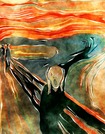
This resource includes a number of Edvard Munch projects that students could try.
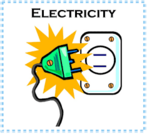
A cross-curricular project where students engage in a makerspace acitivity learning about electrical science, ELA script planning, and art!
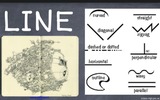
This is a very basic slideshow outlining the Elements of Art.
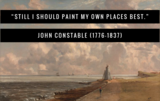
English artist, John Constable (1776-1837), was famous for his landscape paintings. He concluded, "Still I should paint my own places best." Several resources / ideas for a study of John Constable, ranging from easy to more complex are included in this collection.

Orange Shirt Day and what is now called 'The National Day for Truth and Reconciliation is coming up on September 30. Here is a free resource for educators and parents of children learning and participating in Orange Shirt Day. A coloring page can be a simple tool to engage children and gives them an additional way to show their support as they learn about why orange shirt day is so important.
Coloring has been proven to have the ability to help relieve stress, generate mindfulness, engage active listening and help with the processing of emotions. And don't forget, coloring isn't just for kids!

Urban Iskwew - artwork by Hawlii Pichette

In this lesson, students incorporate analyses of characters from "The Crucible" with examinations of original seventeenth-century portraits of Puritans to create a visual portrait of the character. The project culminates in a ŇPortrait Gallery WalkÓ where students present and defend their artwork.

In this lesson, students will discuss what identity means to them and will consider how their own identities are affected by the social and political realities of their time. They will then discuss how four artists—Otto Dix, Pablo Picasso, Dorothea Lange, and Alberto Giacometti—represent individual and universal identities in portraiture.
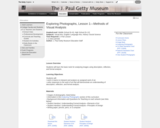
Students will learn the basic tools for analyzing images using description, reflection, and formal analysis.

Students will learn about medieval manuscripts and artistic representations of fantastical creatures. They will create their own fantastical creature using complementary colors and write a paragraph describing it.

Discover Saskatchewan—from its big cities and rural areas to its small towns and remote communities—through a selection of films that shines a spotlight on the province’s hidden treasures and fascinating characters. Suitable for both primary and secondary level students, this playlist includes animated and documentary films. These seminal works from our collection address the topics that matter most, ranging from historical subjects to the most pressing issues of the day.

Students participate in a "thirty-second look," followed by a class discussion about Jan Brueghel's painting "The Entry of the Animals into Noah's Ark". Students then use description words and complete sentences to write about their favorite animal in the painting; draw the animal using line, color, and shape; and present their work to the class.

Allow students to express their own style with the classics.
You can find the originals and view/discuss them and learn about the artist. Then students can create their own interpretation of the famous piece of art.

Grade Levels: 7/8
Subject Area: Social Studies, History, First Nations, Métis, and Inuit studies, Geography, Language Arts, Visual Arts
Lesson Overview
Students learn how Aboriginal peoples were impacted by settlement and colonization. Students choose a variety of Indigenous nations and learn aspects of their traditional way of life before settlement/colonization by Europeans.

Students discover fluid dynamics related to buoyancy through experimentation and optional photography. Using one set of fluids, they make light fluids rise through denser fluids. Using another set, they make dense fluids sink through a lighter fluid. In both cases, they see and record beautiful fluid motion. Activities are also suitable as class demonstrations. The natural beauty of fluid flow opens the door to seeing the beauty of physics in general.
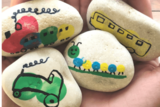
Consider rocks "found objects" and you've suddenly got 60+ ideas for how to paint them. Endless opportunities and endless chances to tie students' paintings into course content!
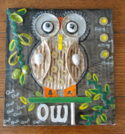
In this fun activity, students use items from the recycle bin, the junk drawer, and the craft room to create a unique piece of art.

This resource includes links to three different fox art projects.